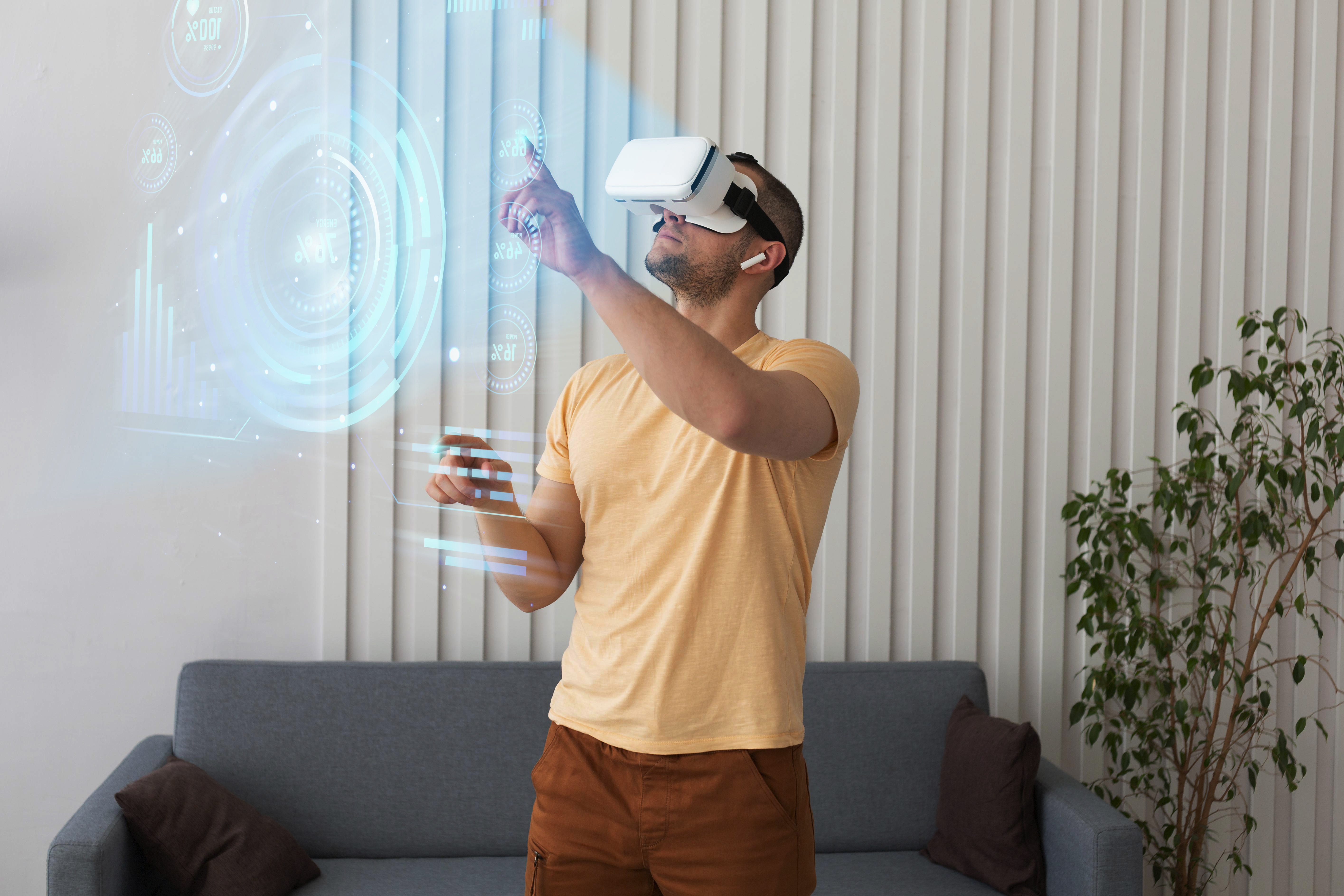
Service Overview
In the rapidly evolving landscape of technology, Augmented Reality (AR) and Virtual Reality (VR) stand as revolutionary advancements, reshaping the way we perceive and interact with the digital world. These groundbreaking technologies introduce immersive experiences that transcend traditional boundaries, offering users a heightened level of engagement and interaction.
Augmented Reality (AR)
AR enhances our real-world environment by seamlessly integrating digital elements into it. Through the use of devices such as smartphones, tablets, or AR glasses, AR overlays computer-generated information onto our physical surroundings. This augmentation can take various forms, from interactive 3D models and data visualizations to real-time information display and gaming experiences.
One of the key strengths of AR lies in its ability to enhance everyday activities. In industries such as education, AR transforms learning materials into interactive and engaging experiences. In retail, it allows customers to visualize products in their own space before making a purchase. AR also finds applications in healthcare, navigation, and manufacturing, enriching these sectors with dynamic, context-aware information.
Virtual Reality (VR)
VR, on the other hand, transports users to entirely new and immersive digital environments. By completely replacing the real world with a computer-generated one, VR creates a sense of presence and allows users to interact with a three-dimensional, simulated reality. This is typically achieved through VR headsets that cover the user's field of vision, providing an all-encompassing experience.
The applications of VR span across various industries. In gaming, VR provides an unparalleled level of immersion, allowing players to step into virtual worlds and experience gameplay like never before. In the realm of training and simulation, VR offers realistic scenarios for pilots, healthcare professionals, and more. Virtual travel experiences, architectural walkthroughs, and virtual meetings are also becoming increasingly popular applications of VR technology.
Together, AR and VR have the potential to transform how we work, learn, and entertain ourselves. As these technologies continue to advance, the boundary between the digital and physical worlds becomes increasingly blurred, opening up new possibilities for innovation and human-computer interaction. Whether it's enhancing our understanding of the real world with augmented information or transporting us to entirely new dimensions through virtual realms, AR and VR are at the forefront of shaping the future of our digital experiences.
